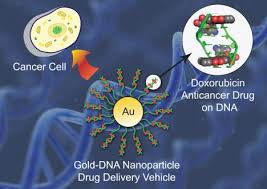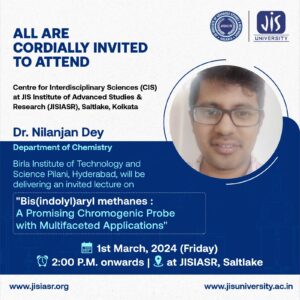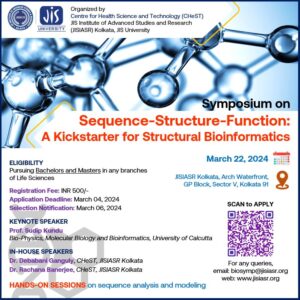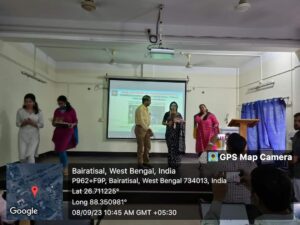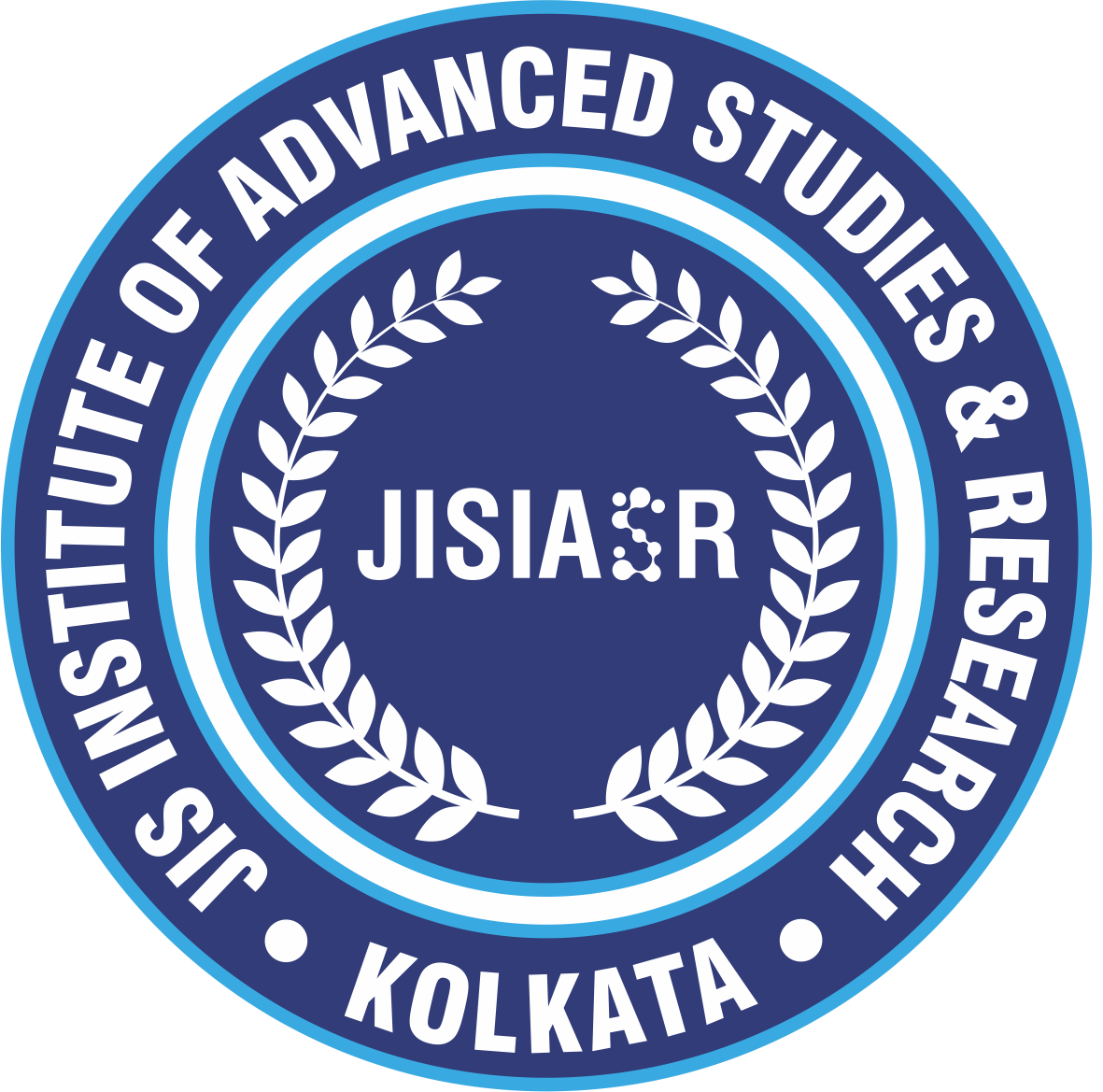Location: JISIASR Kolkata
Invited Speaker: Dr. Debabrata Mandal, Associate Professor, Dept. of Biotechnology, NIPER KOLKATA
Abstract – The study of neglected diseases like leishmaniasis, a parasitic disease, has not received much attention even though it is the second largest infectious disease after malaria. As per WHO report, a total of 0.7–1.0 million new leishmaniasis cases, which is spread by 23 Leishmania species in more than 98 countries, are estimated with an alarming 26,000–65,000 death toll every year. Lack of potential vaccines along with cost and toxicity of amphotericin B (AmB), the most common drug for treatment of visreal leishmaniasis (VL), has raised the interest significantly for new formulations and drug delivery systems including gold nanoparticle (GNP)-based delivery as anti-leishmanial agents. Our study aimed to develop a water-soluble covalent conjugate of GNP with AmB (GL-AmB) for improved antileishmanial efficacy and reduced cytotoxicity.
The nanoparticles, synthesized by carboxyl-to-amine coupling chemistry, were characterized by dynamic light scattering, transmission electron microscopy (TEM), and spectroscopic (UV–visible and infrared) methods. Experiments on AmB uptake of macrophages, ergosterol depletion of drug-treated parasites, cytokine ELISA, fluorescence anisotropy, flow cytometry and gene expression studies established improved efficacy of GL-AmB over standard AmB formulation. In another study, we have developed direct one step detection of parasite DNA and associated drug-resistance, if any, in suspected VL patients. The GNP-based biosensor was used to detect single nucleotide polymorphism (SNP) present in different chromosomal regions of resistant strains and altered mRNA expression level that differentiates drug-resistant vs. -sensitive strains.

